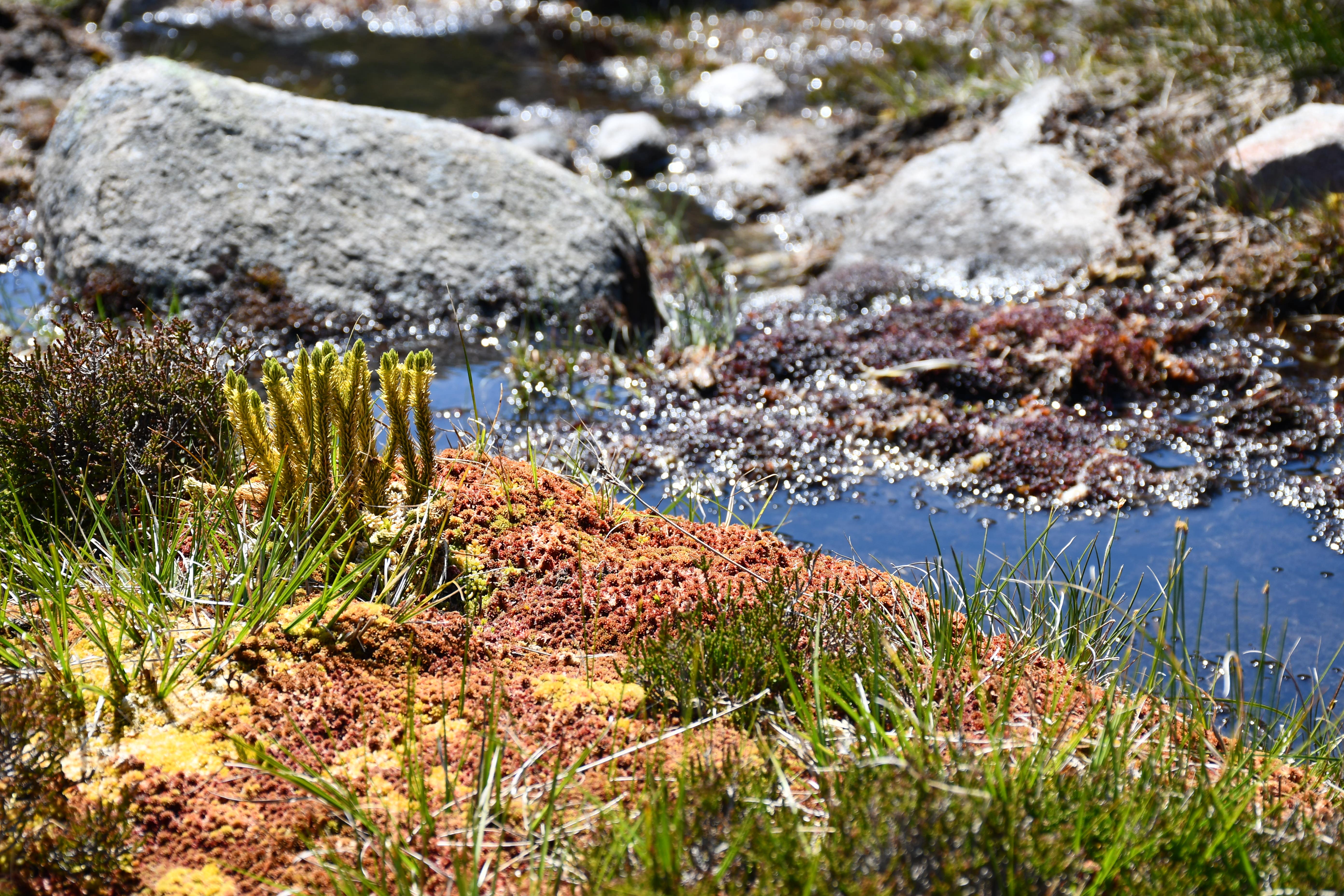New light shed on evolution of plant kingdom, say researchers
Experts suggest a study overturns the long-held belief that the fundamental range of plant types evolved in a big burst of sudden change.

Your support helps us to tell the story
From reproductive rights to climate change to Big Tech, The Independent is on the ground when the story is developing. Whether it's investigating the financials of Elon Musk's pro-Trump PAC or producing our latest documentary, 'The A Word', which shines a light on the American women fighting for reproductive rights, we know how important it is to parse out the facts from the messaging.
At such a critical moment in US history, we need reporters on the ground. Your donation allows us to keep sending journalists to speak to both sides of the story.
The Independent is trusted by Americans across the entire political spectrum. And unlike many other quality news outlets, we choose not to lock Americans out of our reporting and analysis with paywalls. We believe quality journalism should be available to everyone, paid for by those who can afford it.
Your support makes all the difference.Researchers have uncovered new insights into the evolution of plant biology, effectively rewriting the history of how they adapted over the past billion years.
According to the findings, plants have developed their designs gradually throughout time, but with bursts of innovation to overcome and adapt to environmental challenges.
Experts suggest the study overturns the long-held belief that, like animals, the fundamental range of plant types evolved in a big burst of sudden change early in their evolutionary history.
Surprisingly, the results revealed plant evolution was a bit of a mix, with long periods of gradual change interrupted by short bursts of large-scale innovation, overcoming the challenges of living on dry land
Co-lead author Philip Donoghue, professor of palaeobiology at the University of Bristol, said: “Although plants are extraordinarily diverse in their design and organisation, they share a common ancestor which originated at sea more than a billion years ago.
“We wanted to test whether they really evolved with a big bang early on in their history or whether their evolution was a slower and more continual process.
“Surprisingly, the results revealed plant evolution was a bit of a mix, with long periods of gradual change interrupted by short bursts of large-scale innovation, overcoming the challenges of living on dry land.”
Scientists analyse 248 groups of plants, ranging from single-celled pond scum and seaweed to land plants including everything from mosses and ferns, to pines, conifers and flowering plants.
Some 160 extinct groups known only from the fossil record were also looked at, including species from the Devonian Rhynie Chert which lived more than 400 million years ago.
The researchers made more than 130,000 observations by breaking down plant designs into their components and recording those present or absent in each of the main groups, living and fossil.
They measured the overall similarities and differences between groups and how they have varied over time.
The scientists also tried to establish what led to these evolutionary innovations, like the introduction of spores, seeds, roots, leaves, pollen and flowers.
Co-lead author Dr James Clark, research associate in biological sciences at the University of Bristol, said: “We found changes in plant anatomical design occur in association with events in which the entire cellular genetic make-up was doubled.
“This has happened many times in plant evolutionary history, as a result of errors in the genome-copying process, creating duplicate copies of genes that are free to mutate and evolve new functions.”
However, the major pulses of plant anatomical evolution were found to be associated with the challenge of living and reproducing in increasingly dry environments, linked to the emergence of plants from sea on to land.
Co-lead author Dr Sandy Hetherington, said: “Overall the pattern of episodic pulses in the evolution of plant anatomical designs matches that seen in other multi-cellular kingdoms of complex life, like animals and fungi.
“This suggests it is a general pattern and blueprint for complex multicellular life from its inception.”
The findings are published in the Nature Plants journal.